May Walking Tour - Water-Smart Plants are Everywhere!
What makes a plant “water smart”? There are plenty of plants that tolerate periodic drought, and many of them are old favorites that your grandmother probably grew: shrub roses, lilacs, oriental poppies, bearded iris and even hostas. These were classic mainstays of the traditional garden for a reason. While they may get a little stressed during dry stretches of weather, it doesn’t take much to get them through until the next good rain comes along, and they usually multiply enough to pass along to friends and neighbors as well.
But some plants just like it dry, thriving in that spot that you thought was hopeless precisely because it has lean soil and never stays wet for long. These are plants that would actually resent the frequent watering that most gardens rely on. The Roads Water-Smart Garden can go for weeks or months without any supplemental water, and this is in a hot, south-facing location against a building! It is never watered more than once a week during hot, dry weather and never more than a dozen times a year—often less.
There are dozens of real gems in this garden from arid regions around the world. Here are some of the stars:
Salvias: S. microphylla, S. coahuilensis and S. greggii (hybrids and cultivars include ‘Wild Thing’, ‘Mes Azur’, ‘Furman’s Red’). These are loosely referred to as “autumn sage” and many other species and cultivars exist. Hailing from central Texas and throughout the Southwest and Mexico, these like plenty of sun and good drainage. Trim down to about 4 inches each spring and they will do the rest. Their vibrant colors will attract hummingbirds for months!
Wild buckwheats: The genus Eriogonum is especially abundant in the western U.S., often favoring dry slopes and poor soils that other species find less appealing. Eriogonum umbellatum is a variable native species. Its vast range (Alaska to Mexico!) results in many regional forms, and one of the best is from right here in western Colorado. The Plant Select®-honored ‘Psdowns’ KANNAH CREEK® grows as a short, wiry shrub with glowing lemon-yellow clusters of flowers in late spring into summer. Its dried rusty-hued flowers persist into fall and winter.
Penstemon: This could be a long list, as this genus is at its best in the Southwest. A short “you must grow” list would include P. barbatus, P. pinifolius, P. grandiflorus, P. eatonii, P. pseudospectabilis, P. palmeri – okay, there is no such thing as a “short” list of good penstemons! Using multiple species from the high, dry Southwest can extend your flowering season from May to October, in heights from 6 inches to 6 feet, and all these tubular flowers are irresistible to hummingbirds!
Delosperma: Commonly known as ice plants, the hardy Delosperma were unknown in cultivation until our own Panayoti Kelaidis began to experiment in the 1990s with an obscure purple species (D. cooperi) from South Africa’s Drakensberg Mountains. Superbly adapted to Colorado conditions, they now come in a rainbow of colors and are a mainstay of xeric gardens across the nation. Several are scattered through the Roads Water-Smart Garden, but be sure to see the dazzling carpets of them in the Steppe Garden, Plant Select Garden and elsewhere. Standouts include Lavender Ice, GRANITA® Raspberry, and MESA VERDE®, all with shimmering flowers that nearly obscure the plants when in bloom.
Bulbs: This is a broad category, but so many are perfectly adapted to Colorado conditions that a few have to be highlighted. Those that thrive have a few things in common: They take advantage of abundant seasonal moisture, producing their leaves and flowers during our wettest season (April-early June). Their foliage dries out and disappears as our season gets warmer and drier. They all tolerate long periods of cold, dry conditions. Bold and colorful choices include foxtail lilies (Eremurus), ornamental onions (Allium) and the smaller “species tulips” and crocus—these are the original forms that most hybrids were developed from, and they are especially durable and resilient for many years in the right conditions.
Keep in mind that the Roads Water-Smart Garden alone has hundreds of other species that create a year-round progression of color and texture, drawing on plants from similar climates around the world. The extended list would be very long indeed: Yucca, Agastache, Dianthus, Acantholimon, Ericameria, Opuntia, Hesperaloe, Iris, Arctostaphylos, Sedum, Lavandula, Thymus, Papaver, Crambe . . . you get the idea. This theme is echoed in the Steppe Garden, Dryland Mesa, Sacred Earth, the Laura Smith Porter Plains Garden, Plant Select Garden and parts of the Rock Alpine Garden. Visit us often to see what each changing season brings!
Note: Not everything featured in this blog post or gallery is in bloom now, but should be throughout the month.
Water-Smart Plant Gallery
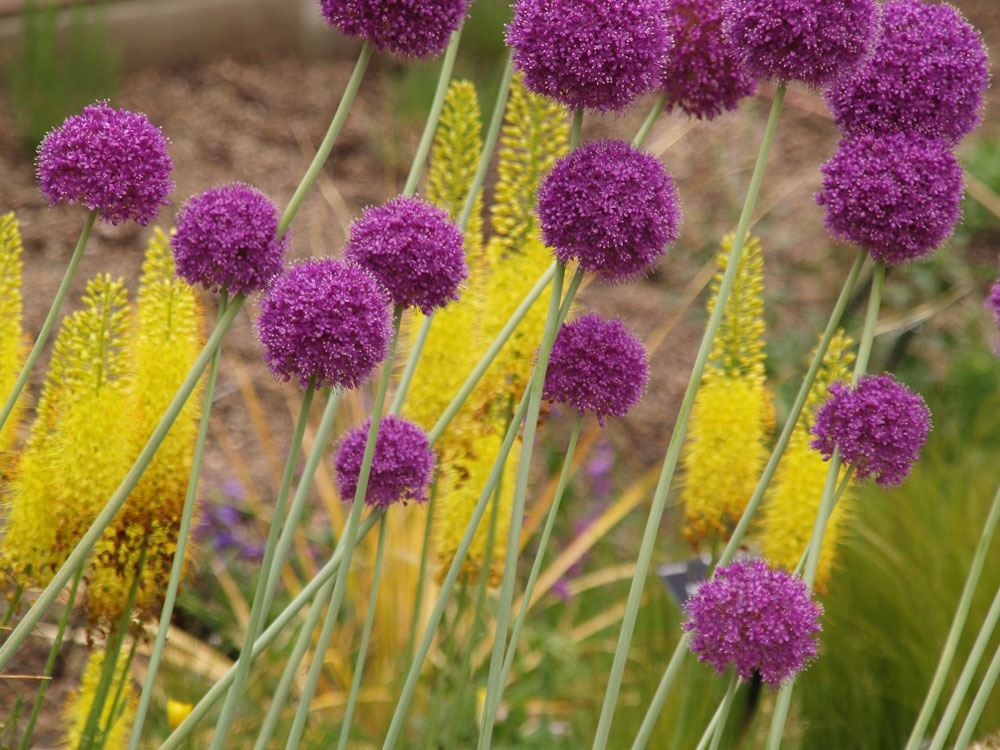
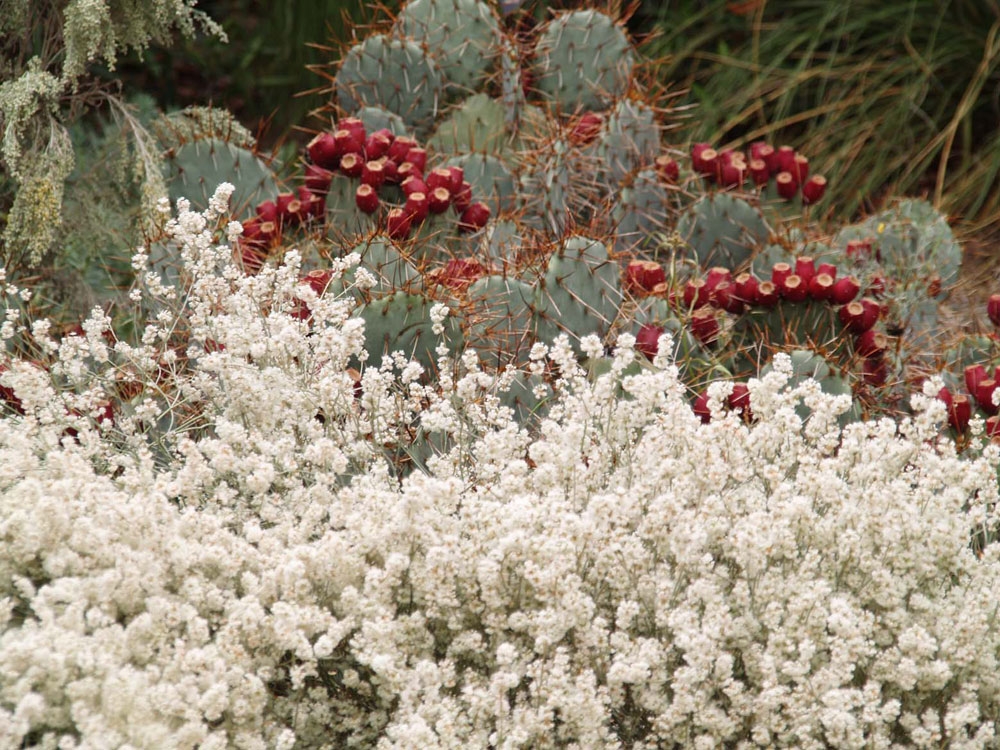
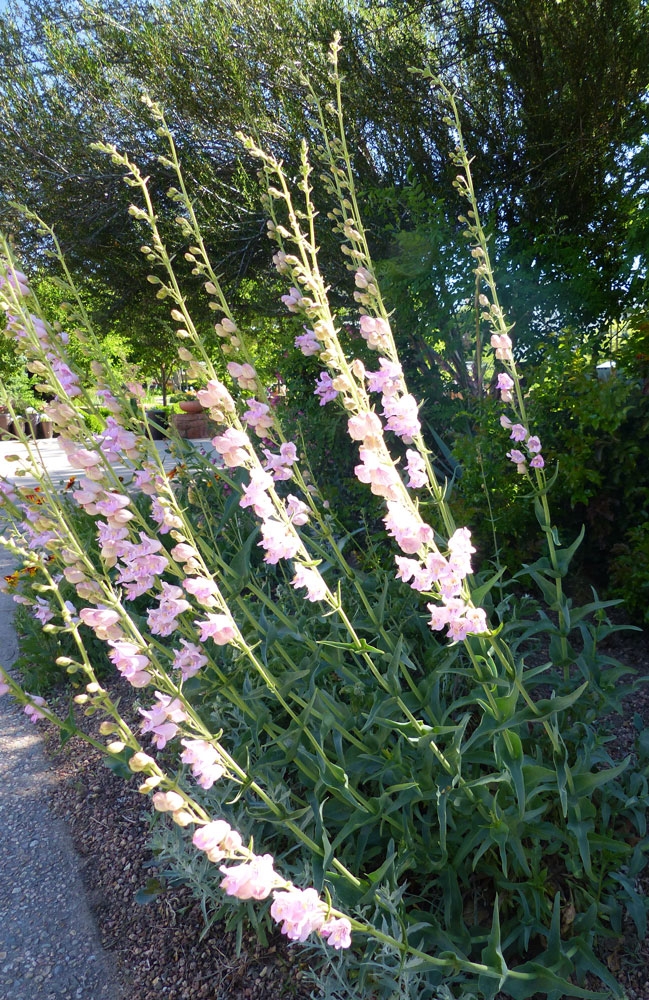
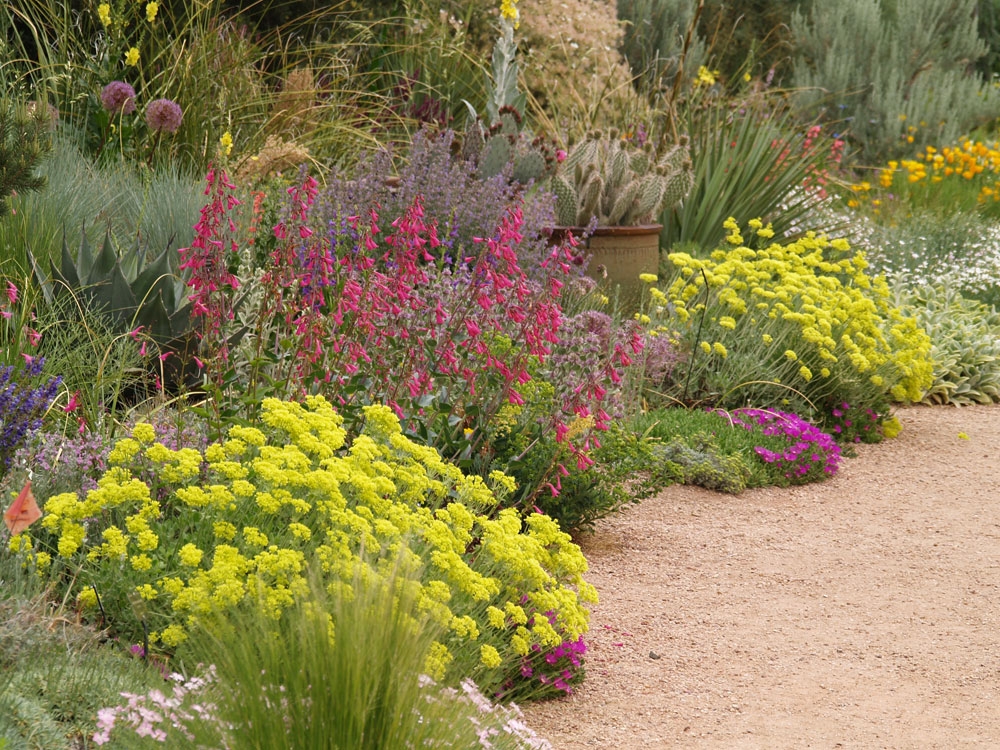
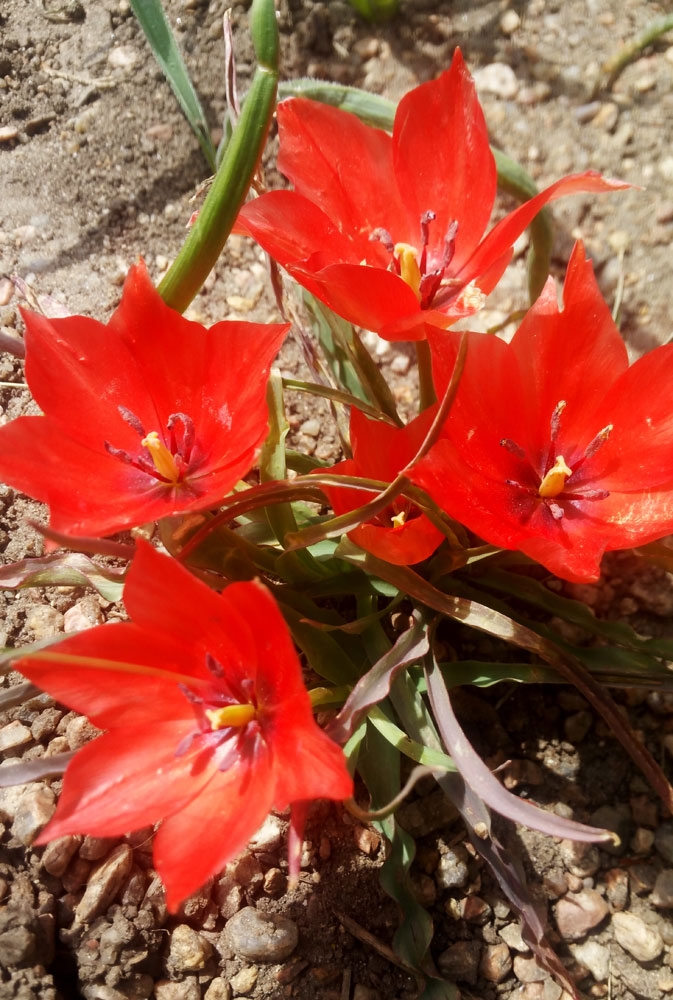
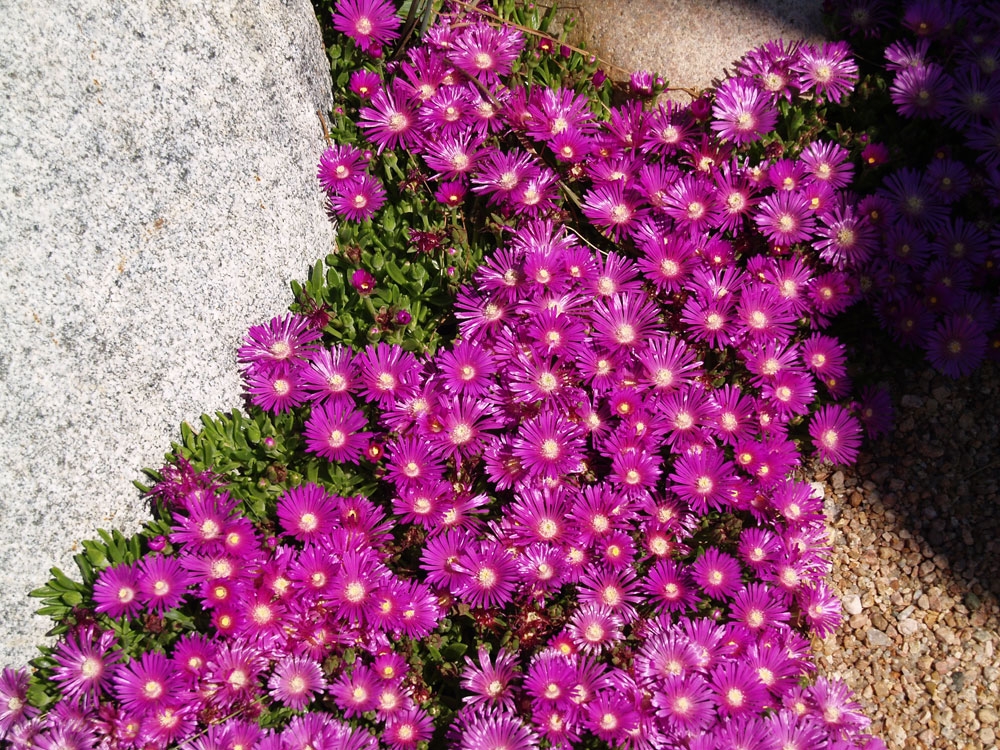
Add new comment